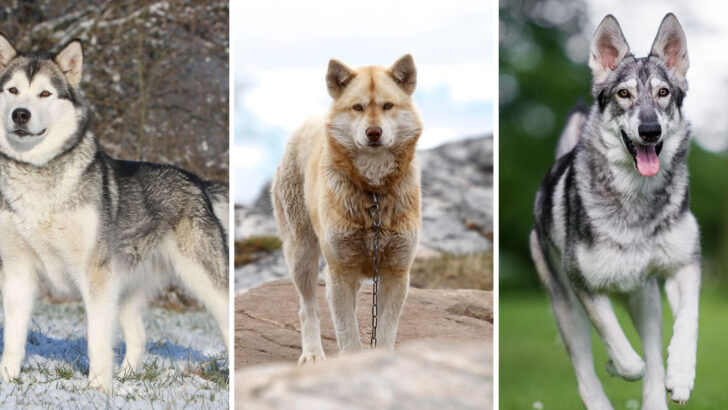Some dogs are more wolf than woof. They may live in our homes, but their wild roots still shine through—in their eyes, their instincts, and their energy. These breeds aren’t just descended from wolves. They still carry that raw, untamed spirit in their bones. From Arctic sled-pullers to mysterious midnighters with piercing stares, these 13 breeds have a direct link to their ancient ancestors. They’re loyal, smart, stunning—and sometimes a little unpredictable. And while a few make great companions, four of them might be too much for first-time dog owners. Because taming the wild isn’t always as easy as it looks.
Alaskan Malamute
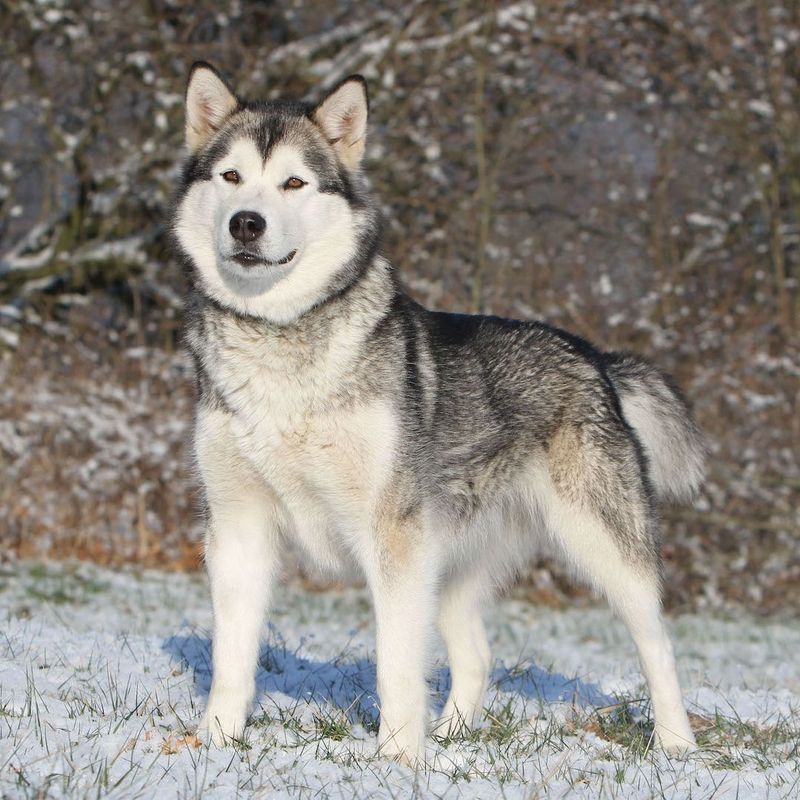
A powerhouse of strength and endurance, the Alaskan Malamute is a breed that demands attention. With their striking resemblance to their wild ancestors, these dogs are known for their loyalty and intelligence.
Unlike many domestic breeds, Malamutes retain a pack mentality. They thrive in environments where they can work, be it pulling sleds or joining family hikes.
However, their independence can be challenging for novices. An Alaskan Malamute requires an owner with experience and a firm understanding of canine leadership. Are you ready to meet the challenge?
Siberian Husky
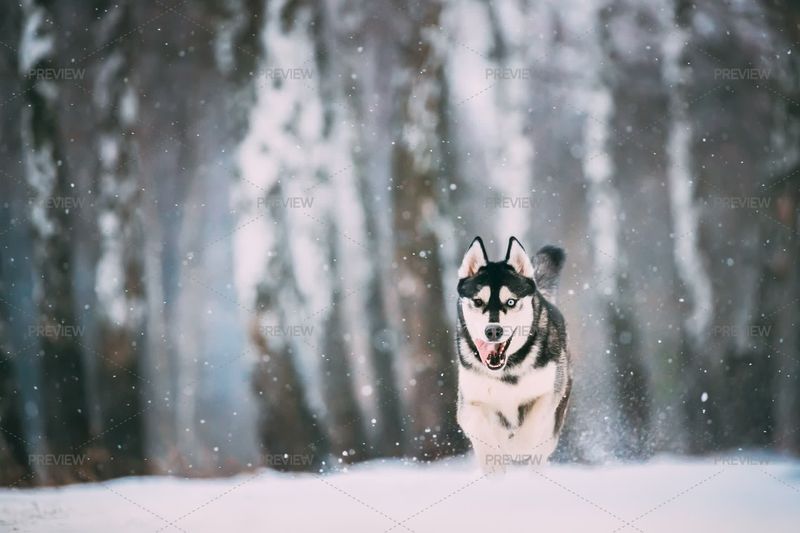
Often mistaken for wolves, Siberian Huskies are a breed full of energy and spirit. Their expressive eyes and agile movements make them a favorite among dog enthusiasts.
Originally bred for sled-pulling, Huskies boast incredible stamina. They require regular exercise and mental stimulation to prevent boredom.
First-time owners might find their escape artist tendencies a bit overwhelming. Secure fencing and consistent training are essential. With their spirited nature, Huskies turn every day into an adventure, but are you prepared to keep up with them?
Shikoku Inu
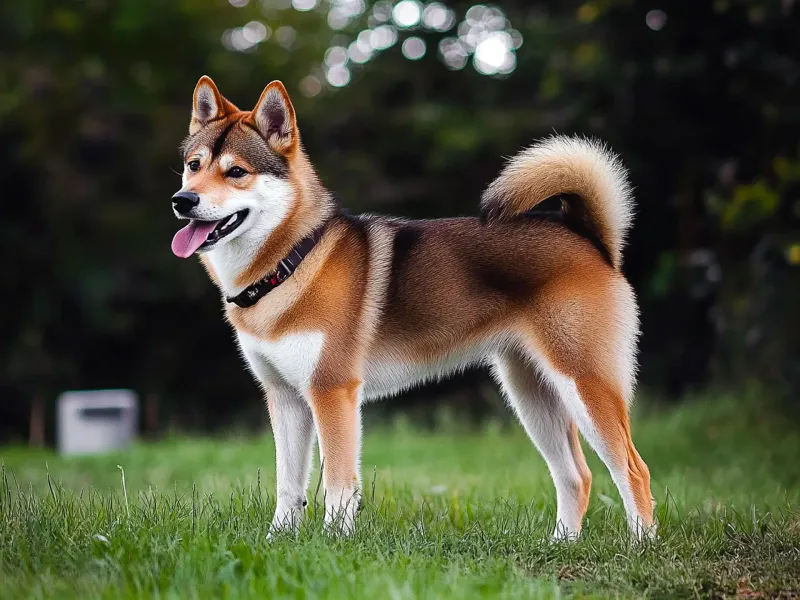
Shikoku Inu, native to Japan, epitomizes the spirit of adventure. Known for their agility and keen hunting instincts, these dogs have a rich history as hunting companions in mountainous regions.
Their loyalty and bravery make them exceptional protectors, but they can be quite reserved around strangers.
Shikoku Inus thrive on physical activity and mental stimulation. Enthusiastic hikers and runners will find them ideal partners. However, their independent nature may pose challenges for first-time dog owners. Are you adventurous enough to keep up?
Tibetan Mastiff
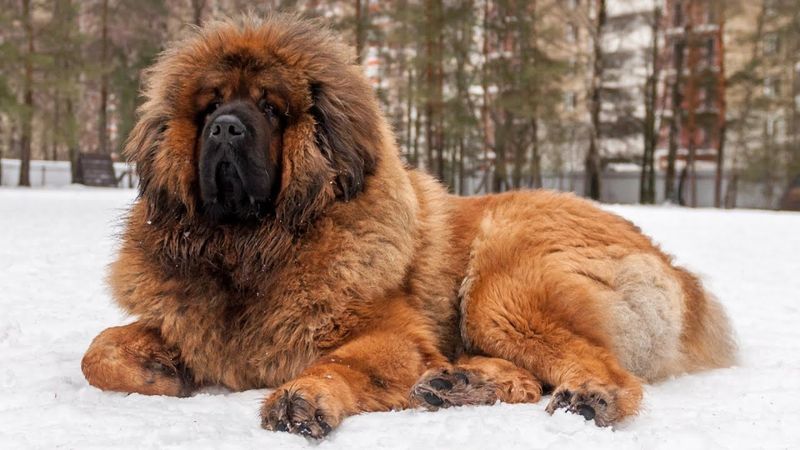
The Tibetan Mastiff, a guardian of the Himalayas, is as majestic as it is independent. With their massive build and thick fur, they command respect and admiration.
Historically, they protected livestock from predators, which has ingrained a strong protective instinct. Their aloof nature towards strangers is balanced by deep loyalty to their families.
These dogs are not suited to novice owners due to their strong-willed personality. A Tibetan Mastiff demands a leader who can provide firm guidance and plenty of space to roam.
Samoyed

Samoyeds, with their trademark ‘Sammy smile,’ are not only beautiful but also incredibly friendly. Originating from Siberia, they were bred to herd reindeer and pull sleds.
Their jovial nature makes them wonderful family dogs, but they are also known to be quite vocal. Their tendency to bark can be a challenge for some.
Samoyeds thrive in cold climates, where their fluffy coats protect them. They demand regular exercise and grooming. Their affectionate demeanor brings warmth to any home, but can you handle their vocal nature?
Greenland Dog
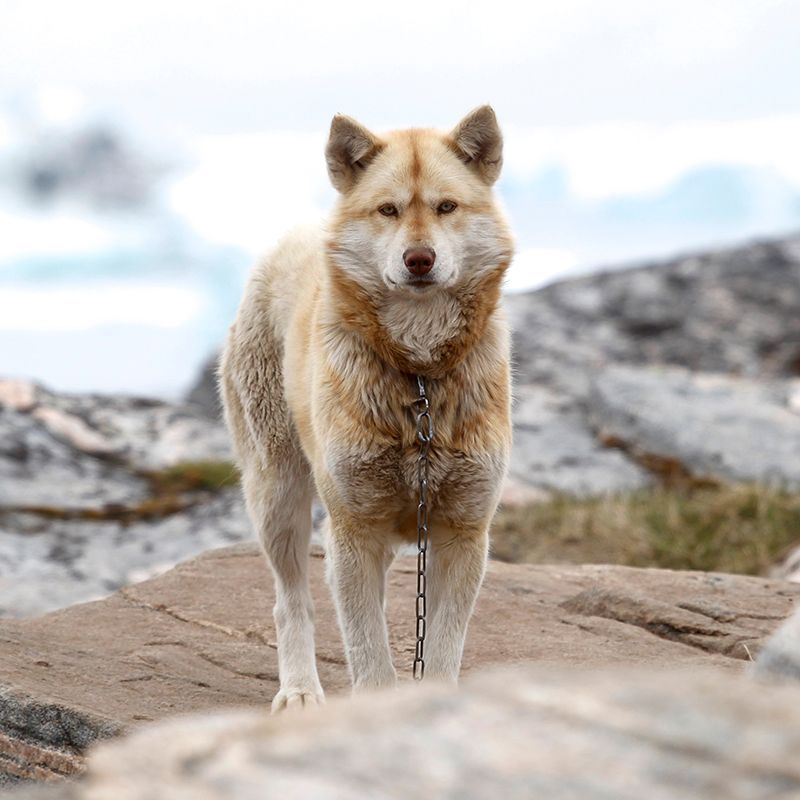
Tough and resilient, the Greenland Dog is built to withstand the harshest Arctic conditions. These dogs are known for their exceptional sled-pulling capabilities, often working in polar expeditions.
With a thick double coat and robust build, they are perfectly adapted to cold environments. Their independent nature and high energy levels require an experienced handler.
Though loyal, they can be challenging for novice owners. Greenland Dogs need a purpose, excelling in environments where they can work. Are you ready to embark on an Arctic adventure with them?
Utonagan
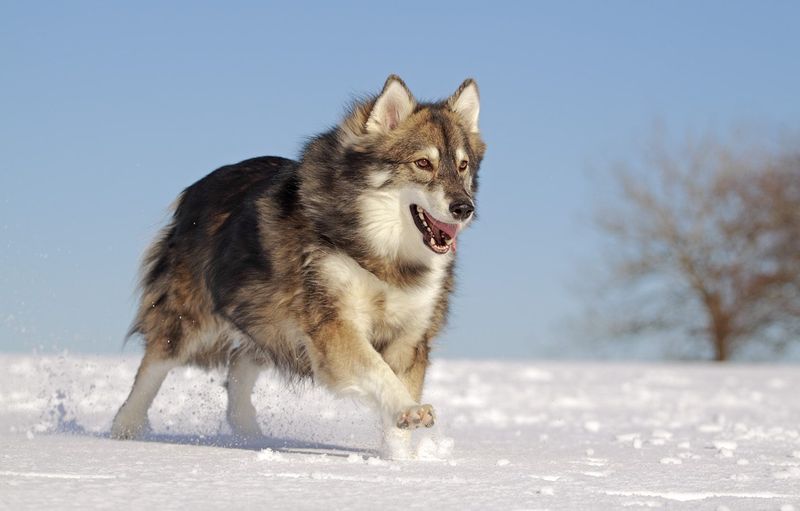
The Utonagan, known for its wolf-like appearance, is a crossbreed developed to resemble wolves. With their striking looks and gentle temperaments, they make for ideal companions.
These dogs are known for their sociable nature and adapt well to family life. However, they require regular exercise and mental enrichment to stay happy.
Their approachable demeanor makes them suitable for families, but they thrive best in homes with active owners. Are you looking for a friendly wolf-like companion that fits into family life?
Tamaskan
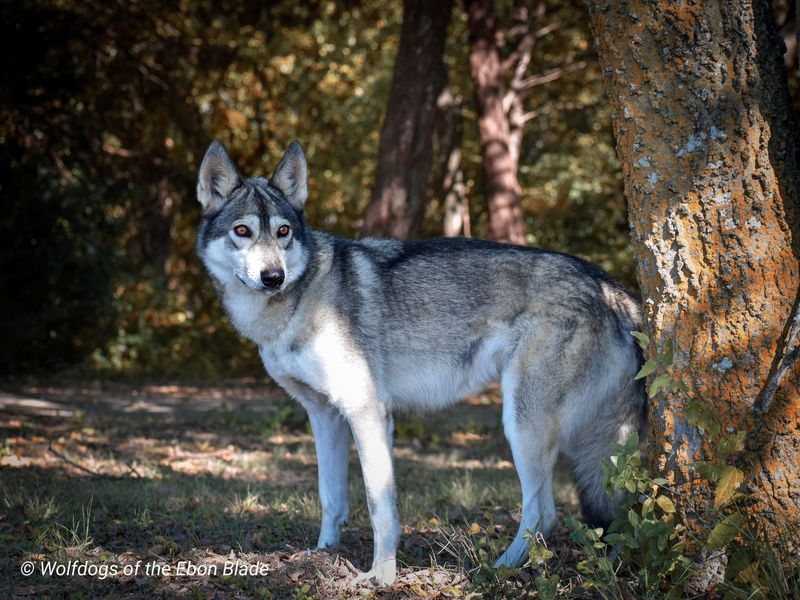
With a stunning resemblance to wolves, the Tamaskan is a captivating breed. Developed from Northern breeds, they possess a balance of wild looks and a domesticated temperament.
Intelligent and affectionate, Tamaskans make excellent family pets when given adequate exercise and mental stimulation. Their friendly nature contradicts their fierce appearance.
These dogs do best in active households where they can partake in regular outdoor activities. Their love for companionship makes them loyal friends. Are you ready to welcome a wolf-like family member into your home?
Northern Inuit Dog
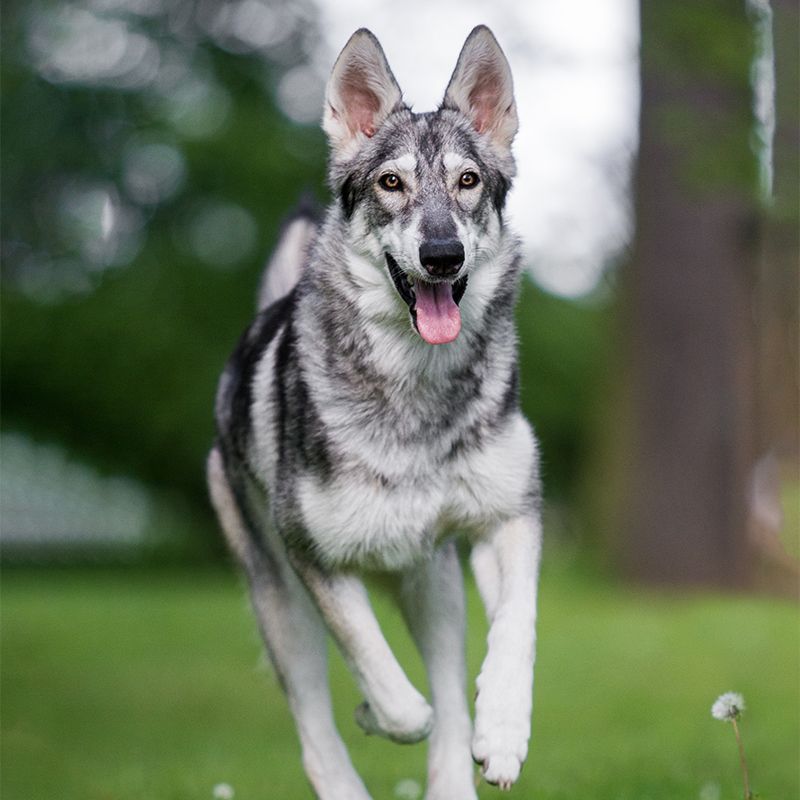
The Northern Inuit Dog, famous for its resemblance to the direwolves in “Game of Thrones,” is a stunning breed with a gentle nature. They thrive in family environments, forming strong bonds with their humans.
Despite their large size, they are known for being good-natured and sociable. However, they can be stubborn, requiring firm training and socialization.
First-time owners should consider their training needs. These dogs excel in homes where they are part of an active lifestyle. Are you prepared to train a real-life “direwolf”?
Saarloos Wolfdog
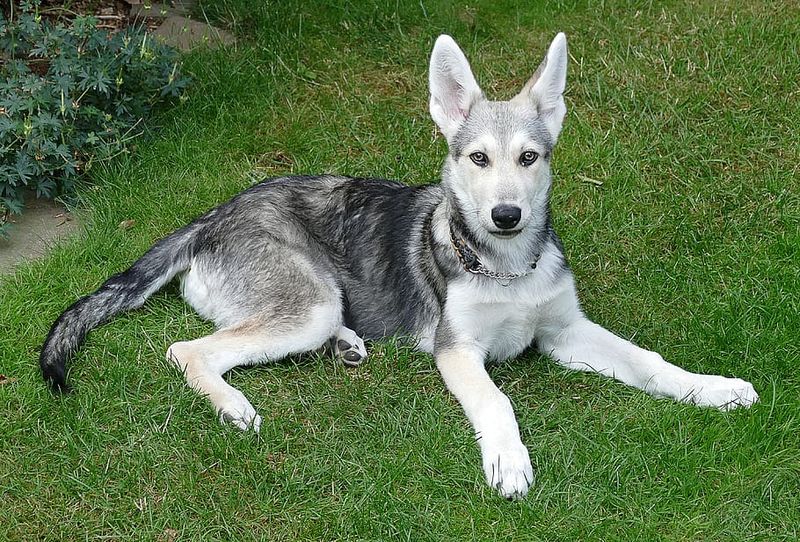
The Saarloos Wolfdog, a blend of German Shepherd and European wolf, presents a striking appearance. Known for their reserved nature, these dogs form deep bonds with their owners.
They require patient training and socialization to become well-adjusted pets. Their independence means they are best suited for experienced handlers.
These dogs love outdoor adventures and need space to run. Their wolf-like demeanor is balanced by a gentle soul. Are you equipped to handle their unique needs and enjoy their companionship?
American Alsatian
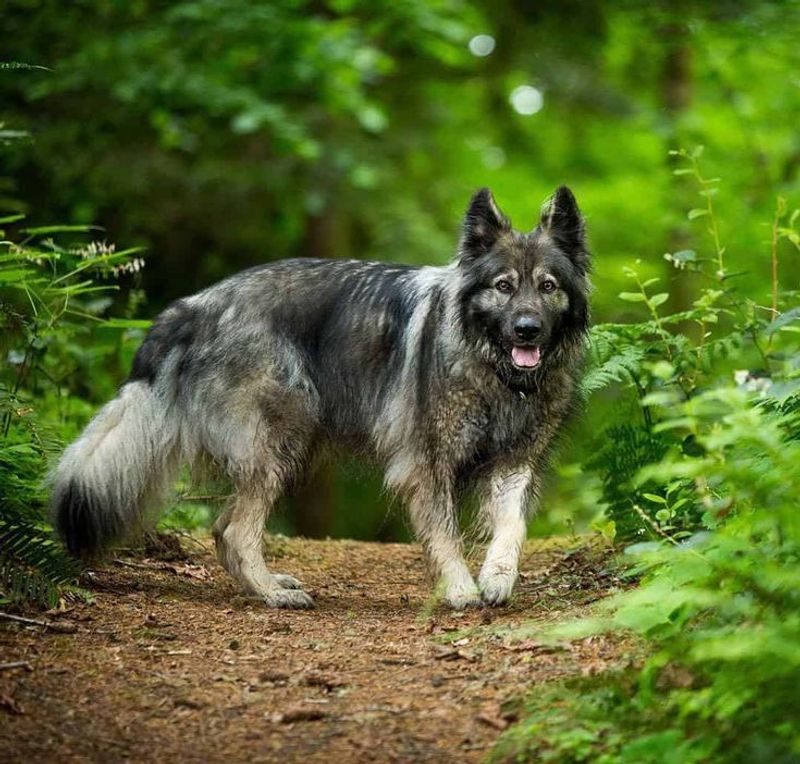
Bred for companionship, the American Alsatian boasts a calm and serene disposition. Despite their wolf-like appearance, they are known for their laid-back nature.
These dogs are perfect for families seeking a large, gentle companion. They require minimal exercise compared to other wolf-like breeds.
With proper socialization, American Alsatians are incredibly loyal. Their tranquility makes them a great addition to any home. Are you searching for a peaceful companion that looks like a wolf?
Kugsha
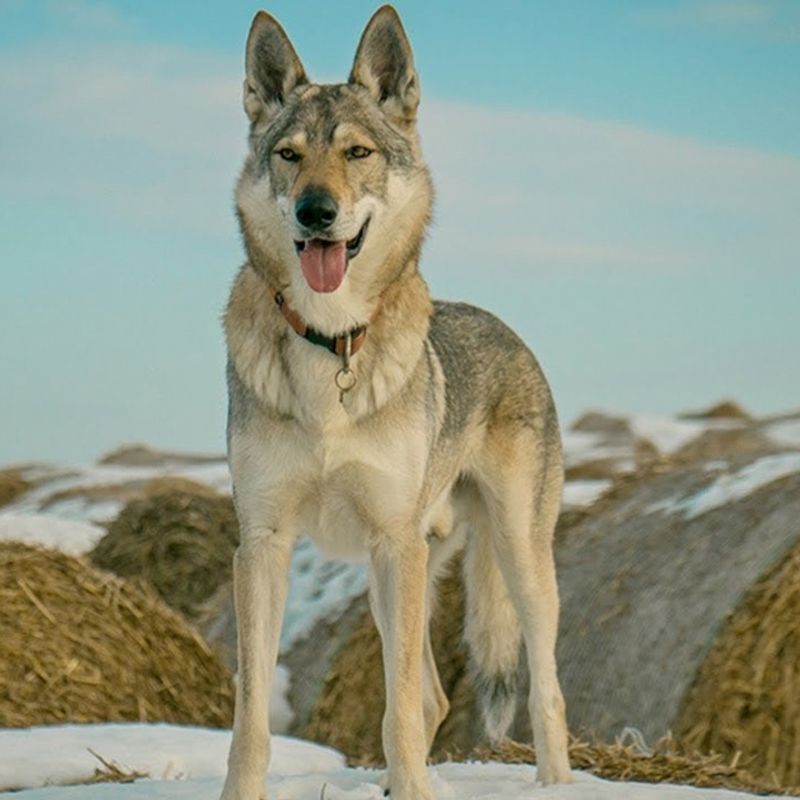
The Kugsha, also known as the American Husky, is a rare breed with origins as a working dog. Their robust build and wolf-like appearance make them stand out.
Highly intelligent and independent, Kugshas require an experienced owner who can provide firm training. They thrive on physical and mental challenges.
Though loyal, their strong-willed nature can be a hurdle for first-time owners. These dogs need plenty of space and exercise. Are you prepared to meet the demands of this unique breed?
Canadian Eskimo Dog
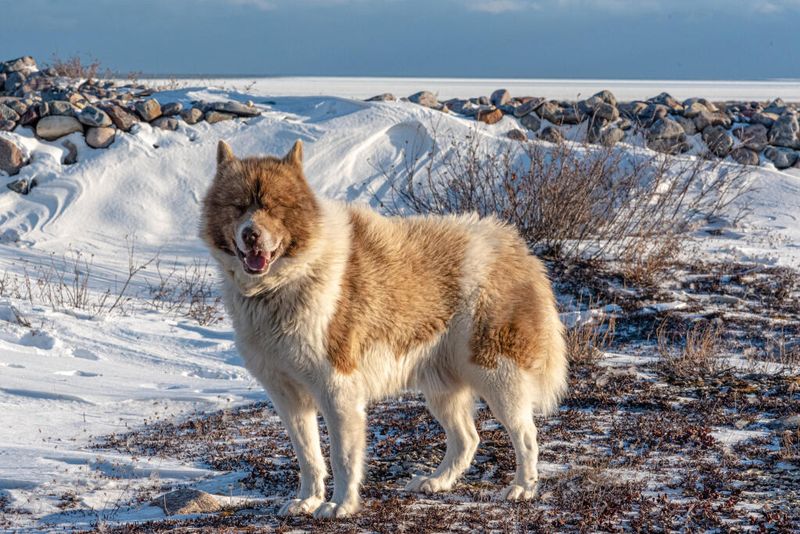
The Canadian Eskimo Dog is a powerhouse of endurance, bred for pulling heavy sleds across the Arctic. Their strength and resilience are matched by their loyalty to their handlers.
These dogs thrive in cold environments and are not suited for warm climates. They require an experienced owner familiar with northern breeds.
Their independent nature and high energy levels demand regular exercise and mental engagement. Are you ready to take on the challenge of such a dedicated working breed?
Wolfdog
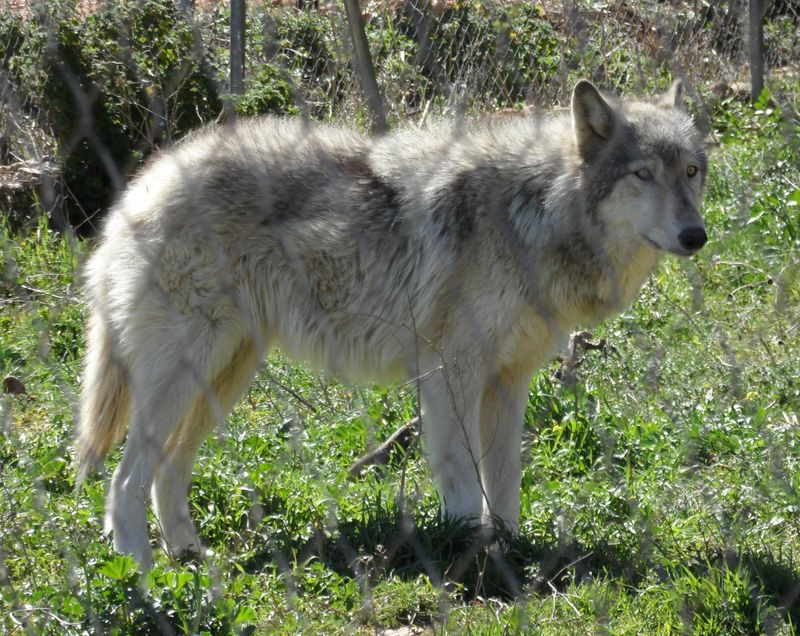
Wolfdogs, a hybrid of wolves and domestic breeds, carry traits of both their wild and tame ancestors. Their wolf-like appearance and sharp instincts make them intriguing yet challenging pets.
They require extensive training and socialization to be manageable companions. Wolfdogs thrive in environments where they can roam freely and be intellectually stimulated.
These hybrids are not recommended for novice owners. They demand time, patience, and expertise. Are you equipped to handle the unique challenges and rewards of owning a Wolfdog?
Dingo
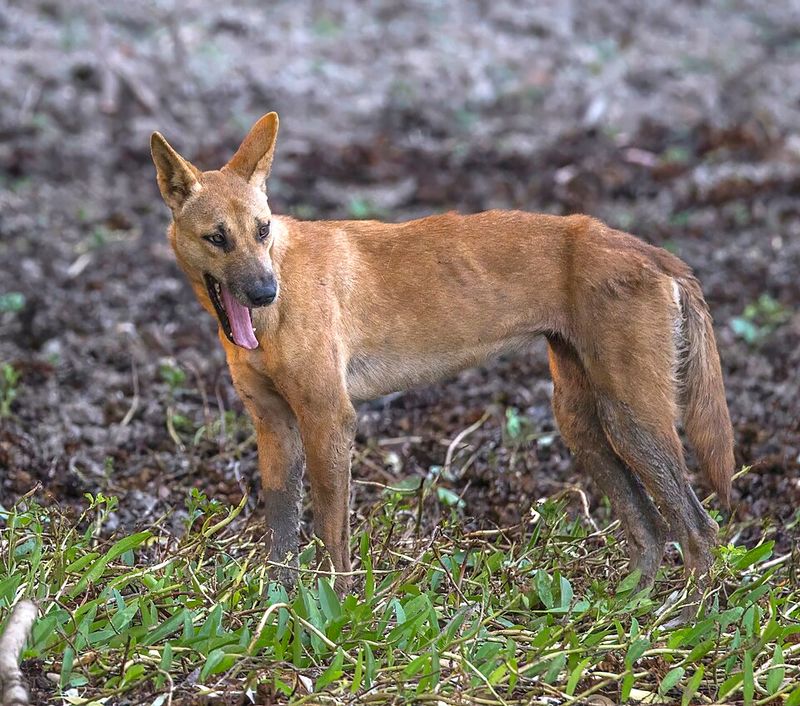
The Dingo, Australia’s wild canine, is a curious blend of dog and wolf traits. Known for their agility and adaptability, they thrive in the wild landscapes of the outback.
Highly independent, Dingoes are not typical domestic pets. They require large spaces to roam and are best suited for wildlife sanctuaries or experienced caretakers.
Their wild nature means they are not ideal for home life. However, their intriguing behavior and history make them fascinating to observe. Are you intrigued by the call of the wild?
Czechoslovakian Wolfdog
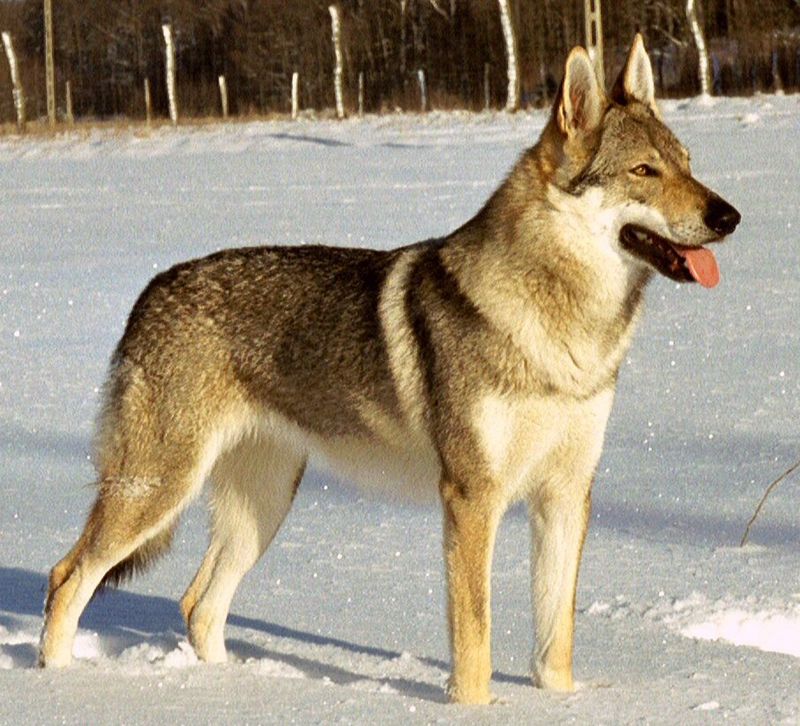
The Czechoslovakian Wolfdog, a unique combination of German Shepherd and Carpathian wolf, is known for its loyalty and intelligence. Bred initially for military use, they possess exceptional endurance and strength.
These dogs require an experienced handler who can provide consistent training and leadership. Their high energy levels make them suitable for active families.
With the right environment, they form deep bonds with their owners. Are you ready to embrace the challenges and joys of this remarkable breed?
Basenji
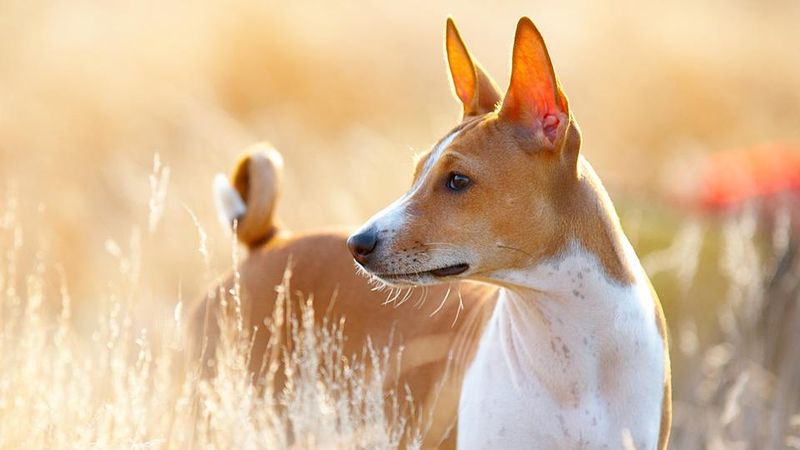
Famed for its “barkless” nature, the Basenji has an independent spirit akin to a cat. Originating from Central Africa, this breed is known as the “barkless dog” due to its unique yodel-like sound.
The Basenji’s keen hunting instincts and high energy levels require regular exercise, making it a lively addition to any household. Their elegant, athletic build and short coat reflect their environment.
Despite their wild ancestry, Basenjis can adapt well to family life when socialized early. Their curious, mischievous nature ensures they’re never dull companions. However, they may challenge novice owners with their strong-willed personalities.

